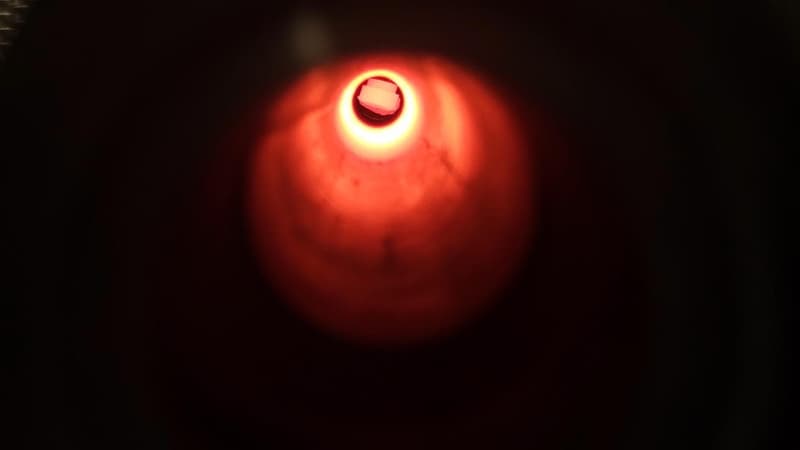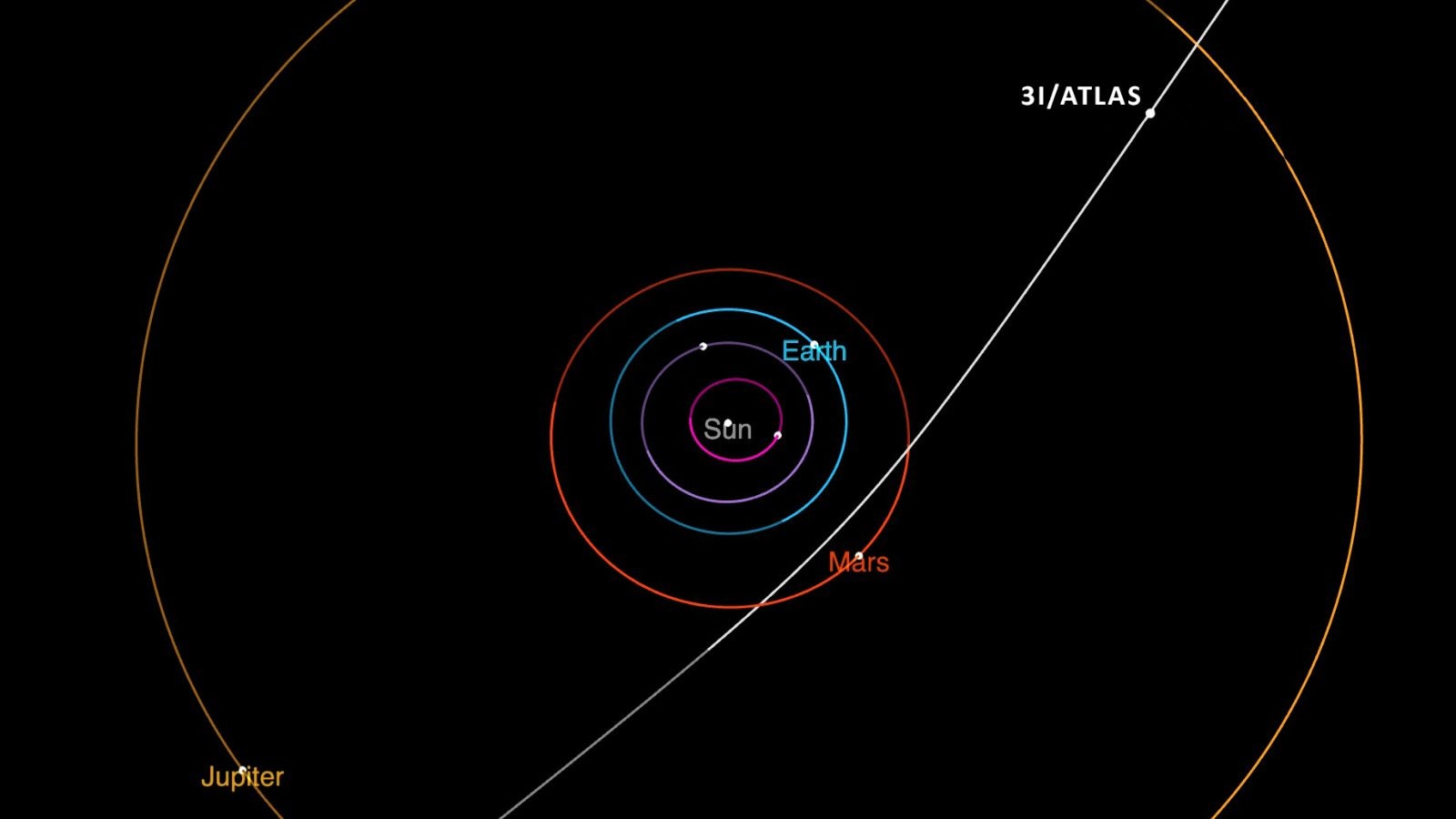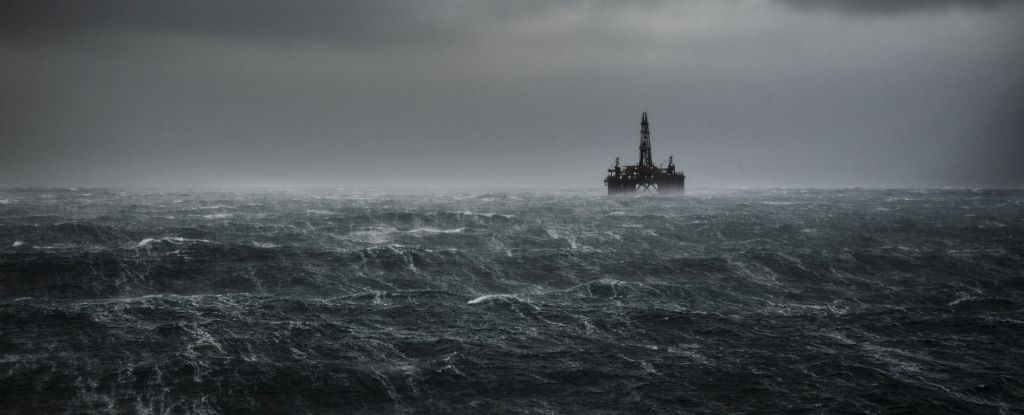Could We Really Live on Mars? Groundbreaking Research Makes It Possible!

Imagine building a home on Mars using nothing but the red planet's own dirt! That dream is inching closer to reality thanks to groundbreaking research from Australian scientists.
Researchers from CSIRO and Swinburne University have unveiled a monumental discovery: they successfully produced iron from a synthetic version of Martian soil. This metal production could revolutionize how we think about constructing habitats and infrastructure on Mars, eliminating the need to transport materials from Earth.
This news couldn’t be more timely, especially with NASA's plans to send astronauts to Mars as early as the 2030s, using the moon as a staging ground. Just think about it—humans living on Mars, potentially using its resources to create a sustainable environment!
According to Mark Pownceby, a senior principal research scientist at CSIRO, this research aims to help NASA avoid the massive costs and logistical challenges of sending building materials to Mars. Instead, astronauts could utilize Martian resources to establish a colony through a process known as “in-situ resource utilization.”
“Mars is a lot easier than the moon in terms of extracting metals,” Pownceby explained to AAP. The planet's striking red color comes from iron-rich regolith, the dust and dirt covering its surface.
What's even more exciting? NASA has already developed methods to extract carbon from Mars’ atmosphere. This, combined with solar-powered heating, could make iron production feasible right on the planet.
Postdoctoral fellow Deddy Nababan was part of the team that conducted experiments replicating Martian conditions, heating an artificial version of Martian soil in a chamber that mimicked the planet's air pressure. “We picked a stimulant with properties akin to those found at Gale Crater on Mars, giving us insight into how our process would perform on Mars,” Nababan said. The results were promising: pure iron formed at temperatures of 1000°C, while iron-silicon alloys emerged at 1400°C.
However, the ability to produce building materials is just one of the many hurdles we face in establishing a human settlement on Mars. Other challenges include sourcing food, water, power, and building a reliable communication network.
NASA's MOXIE project, which stands for Mars Oxygen In-Situ Resource Utilization Experiment, has already shown that extracting oxygen from Martian air is feasible—proof that life on Mars could be within our grasp.
Pownceby asserts, “It’s beyond the realms of science fiction: people will go there, and certainly, Mars is easier for us to deal with than the lunar surface that has a lot of challenges. We need to start thinking now and conducting research to explore our options for when we get there.”

























